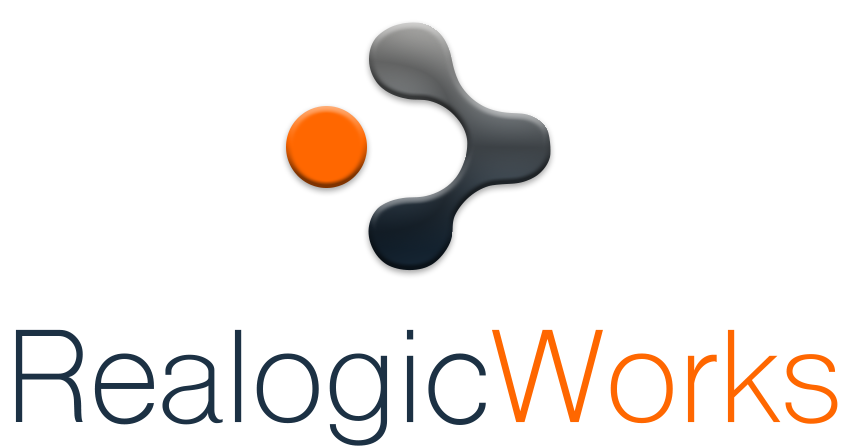APIs, Dev Portals, and the Pursuit of Digital Transformation
API Portal Initiative
A major US Automotive Company requested Professional Services to enable the consumption of curated APIs in software projects around the globe. Our Team of developers augmented the existing development team to support developing a self-service portal to enable a dynamic portal of consumable APIs for internal and external mobile application software developers in connection with the Company’s 100% vehicle connectivity initiative. The Team consistently collaborated with end-users to innovate product enhancements and interfaces to ensure it met user and business demands.
API Portal Objectives
Identify and curate public, private, and partner APIs, some finished and others in prototype
Automate the process to publish an API to gateways
Promote awareness of, enable the discovery, and deliver, containerized solutions or consumable APIs to authorized internal and external role-based software developers, suppliers, vendors, and other mobile application developers (all at different levels of maturity in their development process)
Produce statistics about API consumption to guide the development of future portal capabilities and new mobile applications
Strategy and Results
By developing a robust API portal, the enterprise continues to improve their APIs, troubleshooting programs, enhancing communications, and making better, more informed business decisions through analytics. Our development team augmented the existing Team to develop a platform to publish, curate, locate, monitor, and track internal and external APIs. Listed below are the various applications to support the initiative.
API Publisher – Developed to automate the API publication process for end-users. Users can create an API for external and internal consumption, which is automatically scanned and then collected in the catalog. The API Publishing Team knows which configurations and gateways (e.g., Azure, IBM, or AWS) to use – thus, developers are shielded from the complexity. Ultimately, the application decreases API publication and gateway development from months to days and implements security best practices based on code.
API Catalog Webpage – Designed to help developers locate, publish, or consume APIs by providing a path for users. The portal offers a registration and consumer process to expedite API location, publication, and consumption to a matter of minutes. The catalog is known to be a ‘one-stop-shop’ for all APIs.
HealthNut – Designed to provide alerts (via Slack, WebEx, etc.) when APIs or health endpoints malfunction before a customer can notice.
Metrics Engine – Pulls endpoints data and API statistics based on the requested timeframe into the Grafana dashboard.
Advisory Management – Developed as an incident identifier to notify users if application malfunctions or goes down and communicates with users when PROD will be down.
Developers and end-users consistently collaborated as new products and features were launched. Interviews were hosted to ensure users understand the product as synthesized, and the interface is efficient. By including user research, the products are optimized for the user experience and always provide value to solve current issues.
Publishing an API was previously a manual process for end-users – causing the process to be error prone, time consuming, and inefficient. Following the automation process, the portal now saves each time approximately two weeks of time for each API with the publisher and catalog. With the automation process, publishing an API can take at most two hours for a new user or as little as ten minutes for an experienced user. The API Catalog helps users quickly locate and consume APIs in minutes – users no longer need to spend six to eight months trying to find an API.
Key Takeaways
APIs are far more than a technical solution – they solve business problems, reach and connect new devices, partners, and market segments.
Transitioning to this platform enabled the features of digital business, from designing and publishing APIs for developers to traffic management, security, monitoring health endpoints, and analytics while analyzing consumption models and monetizing APIs.
When executing initiatives, it is imperative to include end-users to understand their trouble areas and how new applications and enhancements can solve these problems.

